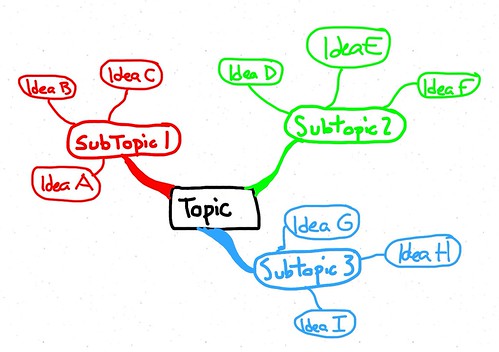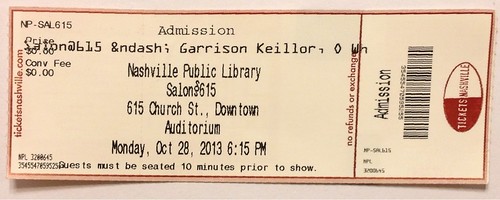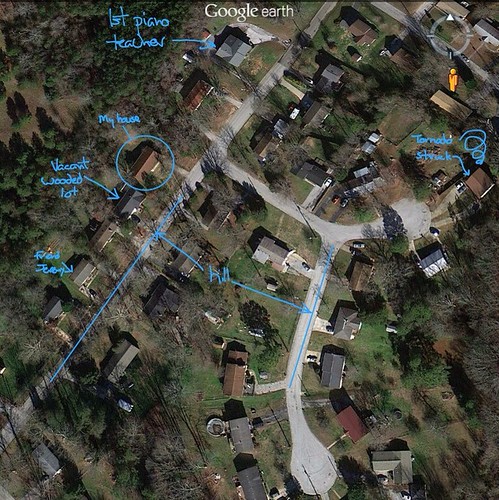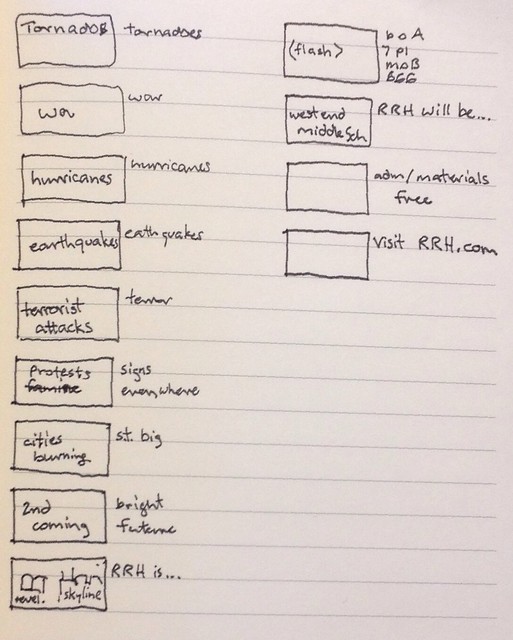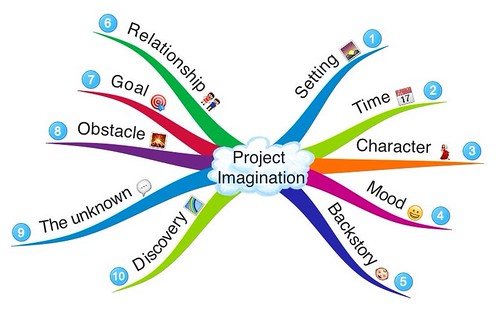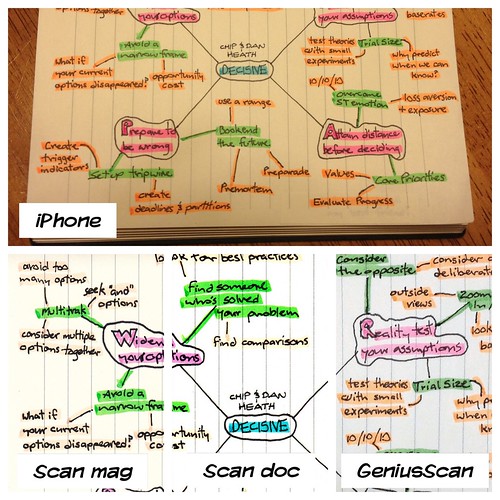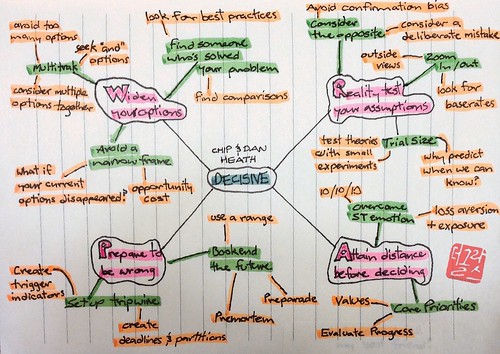As I read the book, I came across several words that were (1) unfamiliar to me, (2) words that I rarely use, or (3) words that I would like to incorporate (when appropriate) into my writing (e-mails, posts, technical writing, and narratives). I wrote the words on a 4x6 index card (my bookmark of choice) and reviewed the definitions as I encountered the words.
Below are the words that I listed and their definitions. As you read books you will most likely encounter words that are new to you. Of course, it is likely that your list - even if reading this same book - would be different than mine.
ameliorate - to make better or more tolerable
naif - a naive person
effete - having lost character, vitality, or strength; marked by weakness or decadence; soft or delicate from or as if from a pampered existence
interlocutor - one who takes part in dialogue or conversation
bifurcation (bifurcate) - to cause to divide into two branches or parts
preternatural - existing outside of nature; exceeding what is natural or regular; inexplicable by ordinary means
putative - commonly accepted or supposed
pithy - having substance and point
banal - lacking originality, freshness, or novelty
oeuvre - a substantial body of work constituting the lifework of a writer, an artist, or a composer
quixotic - foolishly impractical especially in the pursuit of ideals; especially: marked by rash lofty romantic ideas or extravagantly chivalrous action
hagiography - biography of saints or veneterated persons; idealizing or idolizing biography
vapid - lacking liveliness, briskness, or force
meme - an idea, behavior, style, or usage that spreads from person to person within a culture. "Meme" seems to be gaining in popularity as I see it frequently in narratives and on Facebook!
eugenics - relating to or fitted for the production of good offspring
nascent - coming or having recently come into existence
ambit - circuit, compass; the bounds or limits of a place or district; a sphere of action, expression, or influence
puerile - juvenile, childish
madeleine - one that evokes a memory
Don't be an effete naif whose puerile, quixotic memes are vapid and banal!
Naturally, your writing must be for your audience. The sentence above is not a natural one for me, but I want to least have some word ammunition ready to use when appropriate or necessary.
I encourage you to expand your vocabulary by creating your own word bank and write down - or at least review - definitions.
All of the definitions above came from the Merriam-Webster Dictionary app for the iPhone.
